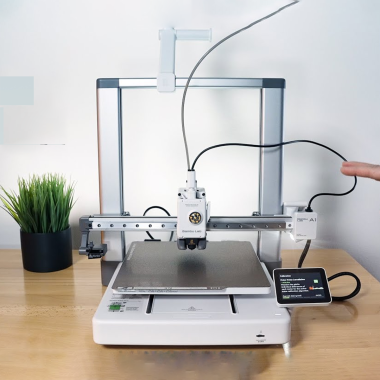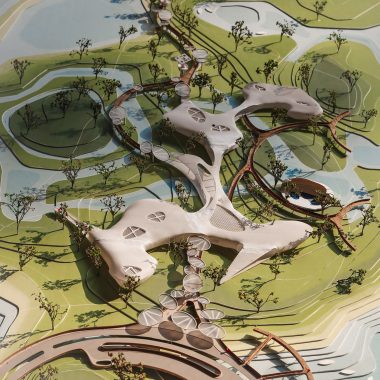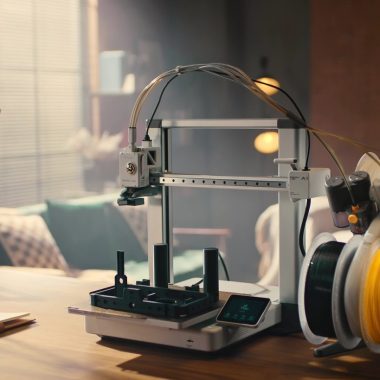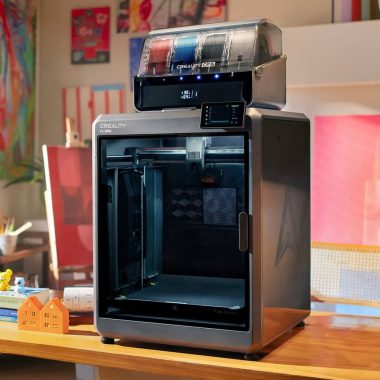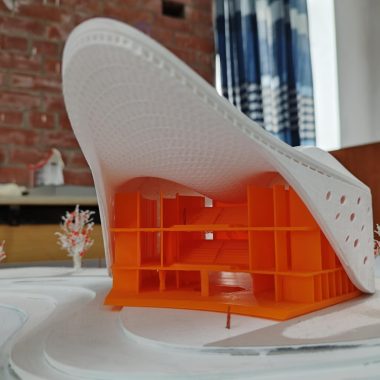3D Printing in Bangladesh: The Evolution and Future of Additive Manufacturing
Introduction
In recent years, 3D printing, or additive manufacturing, has become one of the most talked-about technologies globally. Its potential to revolutionize industries ranging from healthcare to manufacturing has made it a valuable tool in developed countries. Bangladesh, traditionally known for its textile and garment industries, is now catching up with this innovative technology. Although still in its early stages, 3D printing in Bangladesh has started gaining traction, opening up new possibilities for entrepreneurs, educators, and innovators.
The Growth of 3D Printing in Bangladesh
The 3D printing scene in Bangladesh began modestly, with hobbyists and tech enthusiasts experimenting with desktop 3D printers. Over time, this interest has spread to various sectors, such as education, manufacturing, and healthcare. Companies like PrototypeBD, based in Dhaka, have emerged as key players, offering affordable 3D printing services and equipment to a growing customer base. As the largest 3D printer shop in Bangladesh, PrototypeBD has been instrumental in popularizing the technology among small businesses, students, and inventors.
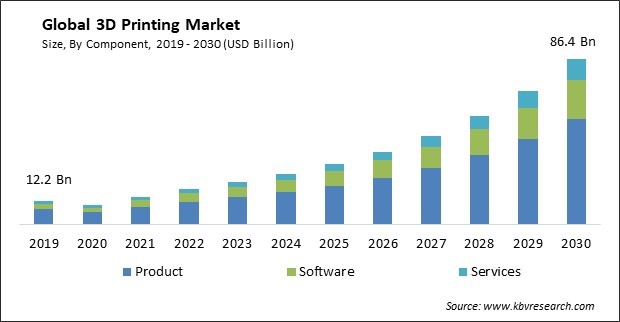
While the country may not yet be a global leader in 3D printing, Bangladesh’s unique manufacturing ecosystem provides fertile ground for the technology’s growth. The garment and textile industries, which form the backbone of Bangladesh’s economy, are now exploring ways to integrate 3D printing for prototyping, fashion design, and even creating textile patterns.
Applications of 3D Printing in Bangladesh
Education
One of the most significant areas of growth is education. Universities and technical institutions have started adopting 3D printing for hands-on learning. Engineering and design students now have access to this technology to prototype models, which enhances their ability to learn complex concepts practically. It’s not uncommon to see 3D printers in university labs today, aiding the development of students’ skills in design and innovation.Prototyping for Entrepreneurs
Bangladesh is home to a burgeoning group of innovators and entrepreneurs who are leveraging 3D printing to bring their ideas to life. Whether it’s developing hardware for electronic devices or creating mock-ups of industrial components, the ability to produce quick, affordable prototypes has been a game-changer. The rise of local 3D printing service providers such as PrototypeBD has made prototyping accessible to entrepreneurs with limited resources.Healthcare and Medical Devices
Another area where 3D printing is making inroads in Bangladesh is healthcare. From creating custom prosthetics to printing surgical models for complex procedures, hospitals and clinics are starting to explore how 3D printing can improve patient outcomes. While this application is still in its infancy, it holds promise for a country where access to affordable medical care is a priority.Art, Fashion, and Design
The use of 3D printing in art and fashion is a growing trend globally, and Bangladesh is no exception. Designers are experimenting with 3D-printed jewelry, fashion accessories, and decorative art pieces. The technology allows for intricate designs and customization, which would be difficult or impossible to achieve using traditional manufacturing methods.
Challenges Facing 3D Printing in Bangladesh
Despite its potential, the 3D printing industry in Bangladesh faces several challenges. First, the initial cost of purchasing 3D printers and materials is high, especially for small businesses or individuals. Although local companies like PrototypeBD provide cost-effective options, widespread adoption still faces financial barriers.
Another challenge is the lack of awareness and skilled labor. Many businesses are unaware of how 3D printing can benefit them, and there is a shortage of trained professionals who can operate and maintain 3D printers. This gap highlights the need for more education and training programs focused on additive manufacturing technologies.
Lastly, the availability of materials specific to 3D printing is limited. Importing specialized filaments or resins can be costly and time-consuming, which restricts the growth of the industry.
The Future of 3D Printing in Bangladesh
Despite the hurdles, the future of 3D printing in Bangladesh looks bright. As awareness grows, more industries are likely to incorporate 3D printing into their workflows. The government and private sector are also beginning to recognize the importance of this technology in boosting innovation and economic growth.
The next few years could see more partnerships between educational institutions and businesses to promote research and development in 3D printing. Additionally, with the rapid pace of technological advancement, 3D printing equipment and materials will likely become more affordable, further fueling growth in the industry.
Conclusion
3D printing in Bangladesh is still in its early stages but holds great potential. As companies like PrototypeBD continue to lead the way in providing affordable solutions and increasing awareness, the technology is set to play a pivotal role in shaping the country’s industrial landscape. Whether it’s in education, healthcare, or entrepreneurship, 3D printing offers a world of possibilities for Bangladesh’s future.




